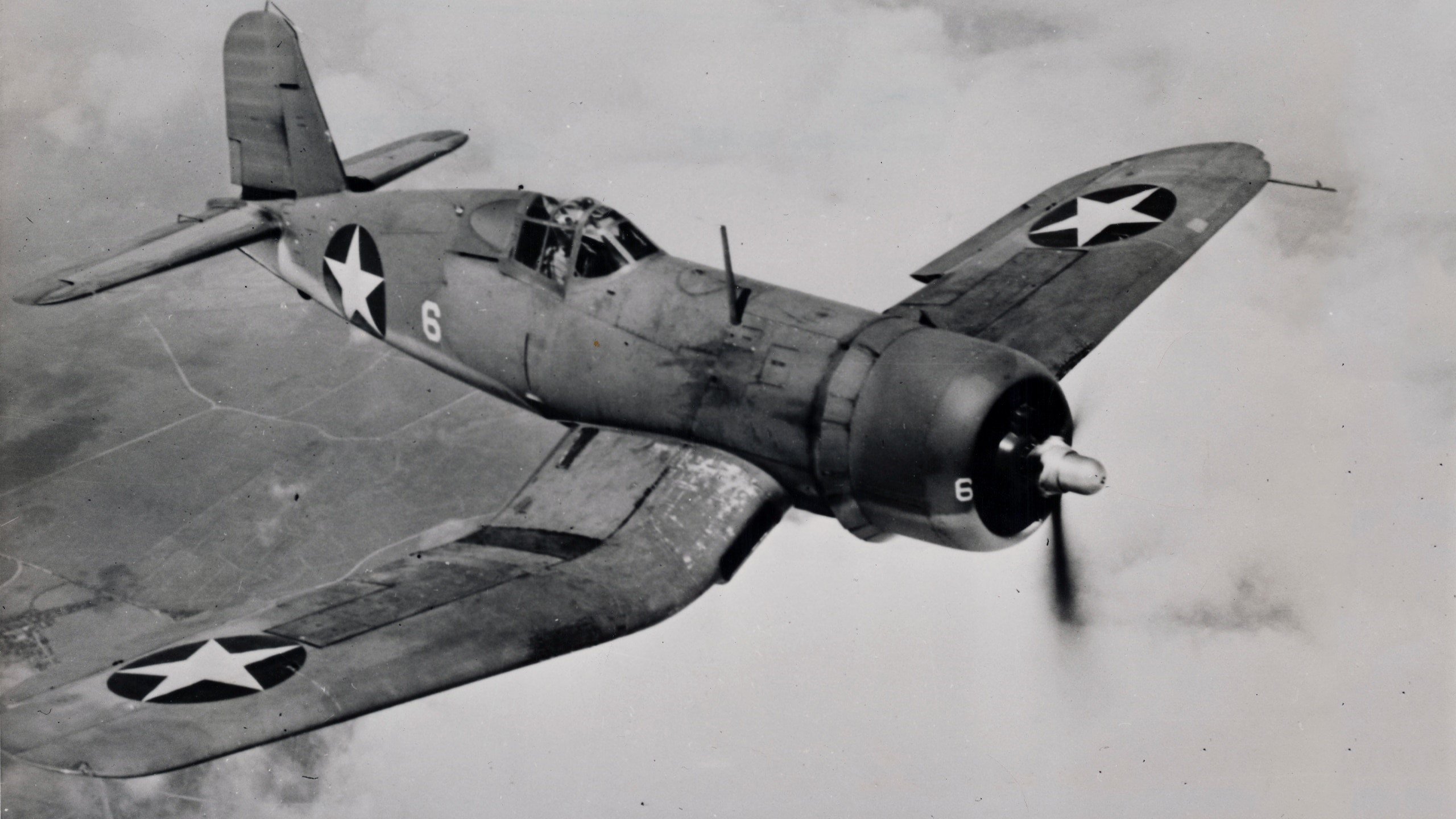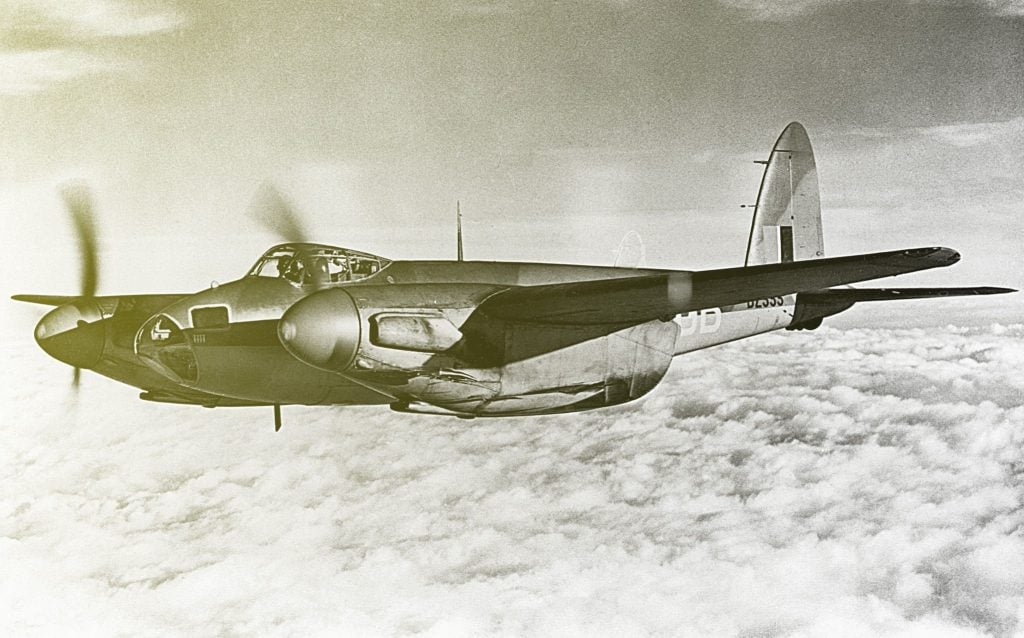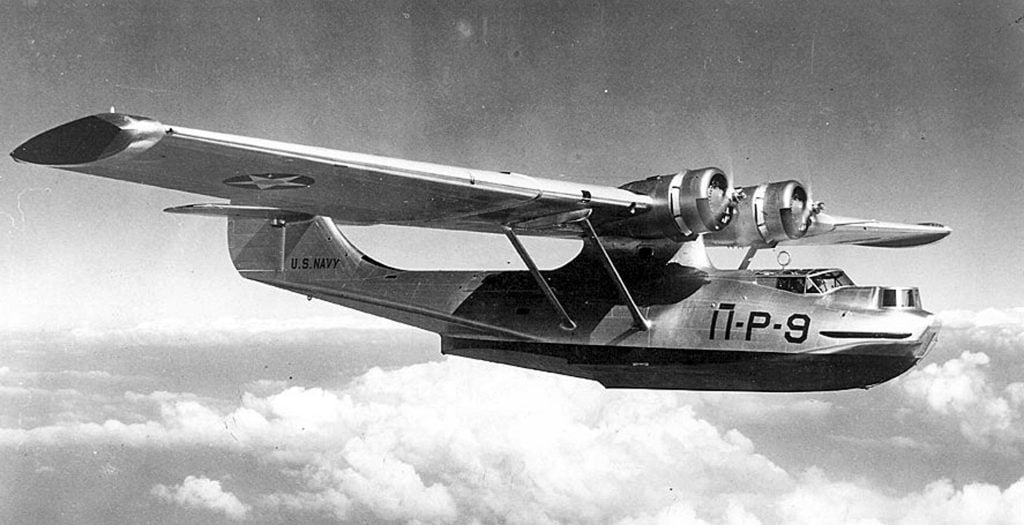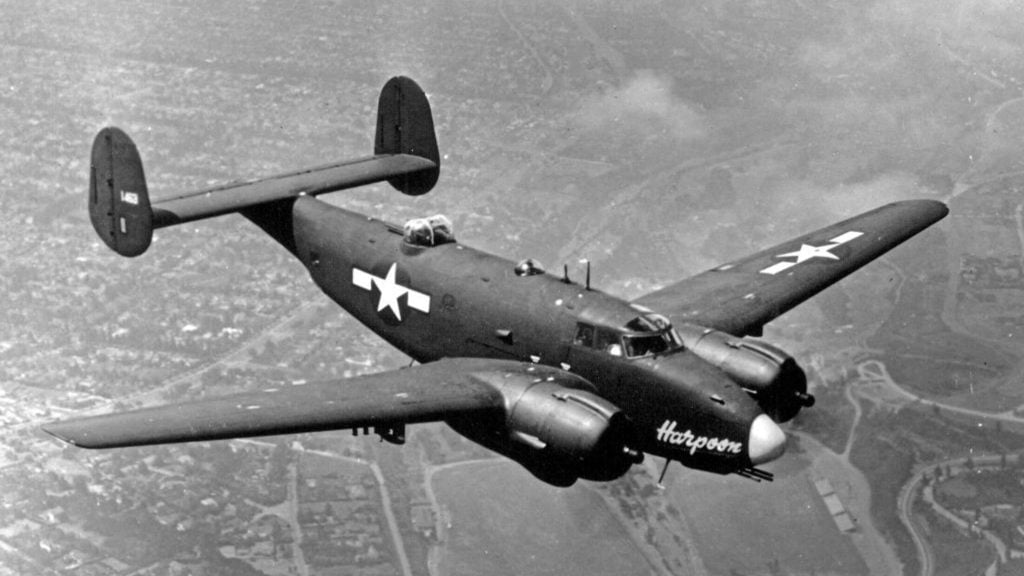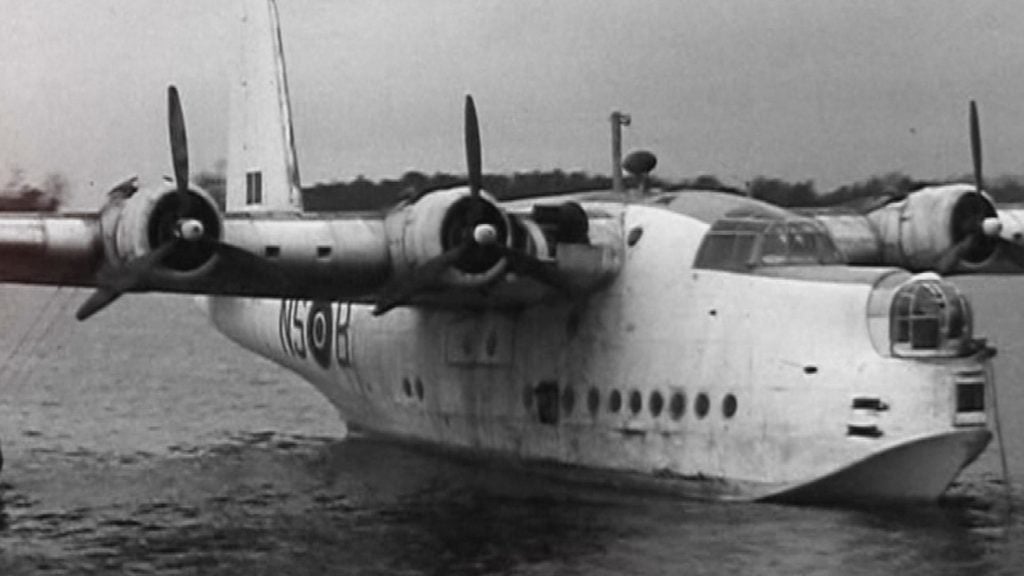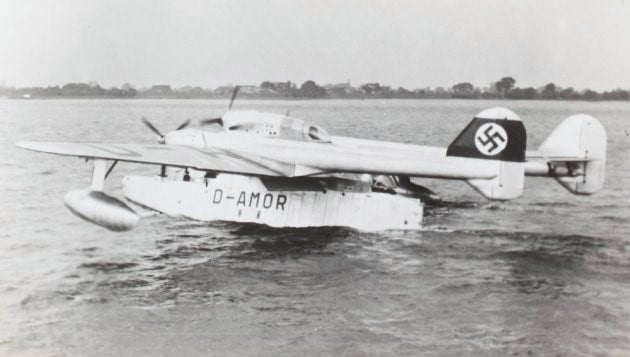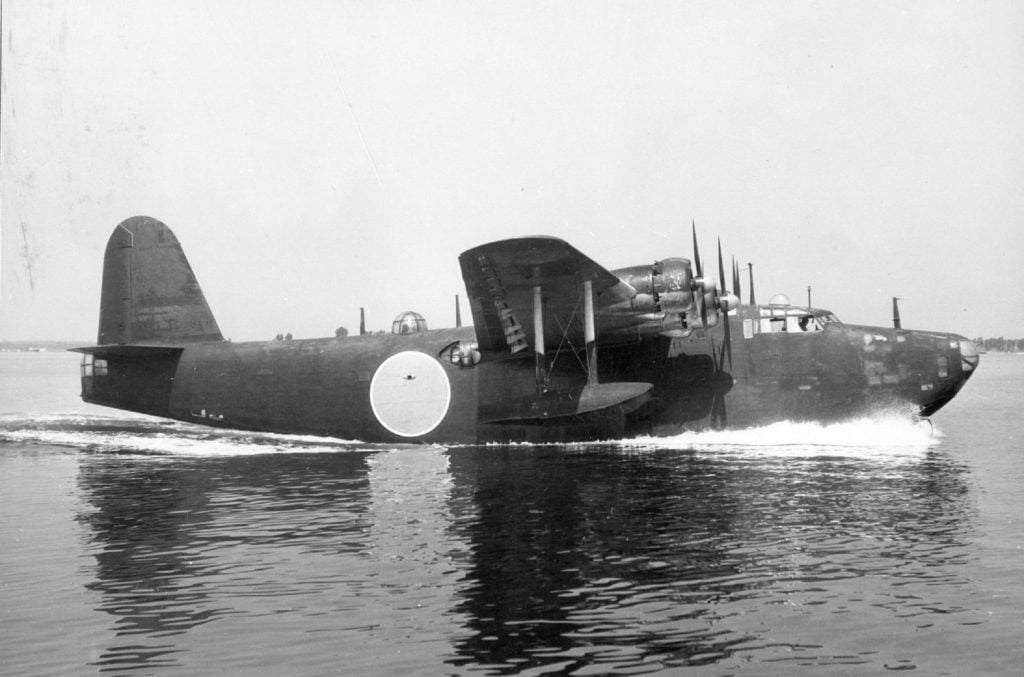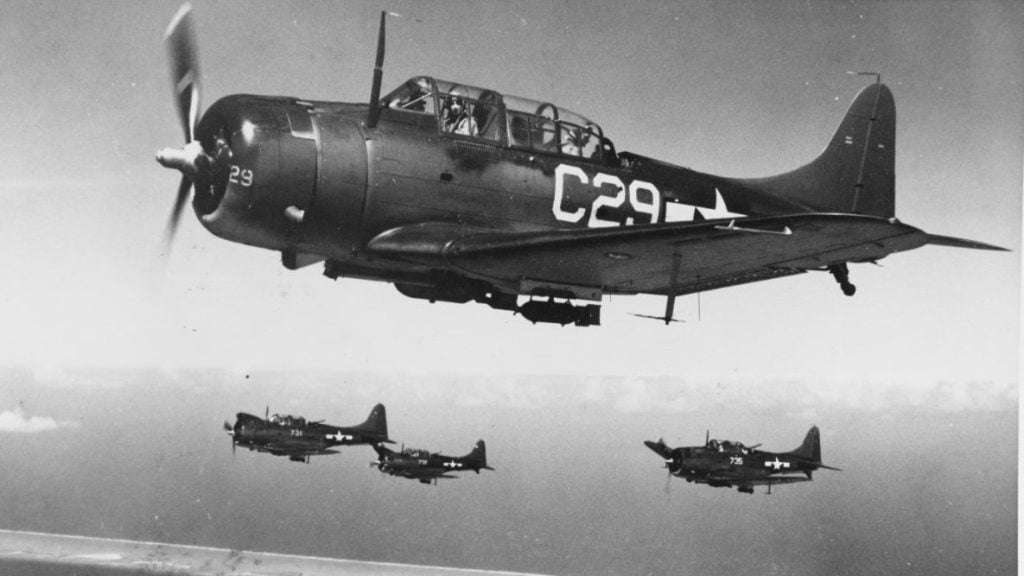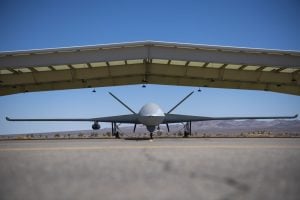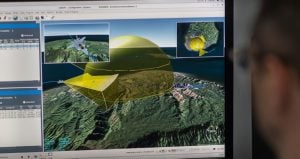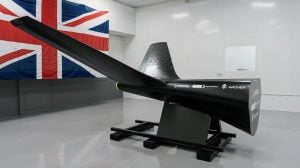World War II witnessed the extensive deployment of maritime patrol aircraft across global forces. These specialized aircraft were designed to conduct prolonged missions over open waters, engaging in critical anti-submarine, anti-ship, and search-and-rescue operations. From amphibious seaplanes to land-based bombers, a diverse range of maritime patrol platforms emerged during this pivotal era, showcasing remarkable capabilities in terms of range, payload, and crew capacity. In this comprehensive article, we will delve into the stories of Legendary Maritime Patrol Aircraft of WWII pivotal roles in the Allied and Axis war.
How the A-10 Warthog Transformed Into a ‘Flying Tiger’
1. Consolidated PBY Catalina
The Consolidated PBY Catalina, also known as the Model 28, was a true icon of the maritime patrol domain during World War II. Developed in the 1930s and 1940s, this amphibious aircraft was operated by every branch of the US Armed Forces and adopted by air forces and navies worldwide. With a crew of eight, the Catalina boasted an impressive range of 2,190 nautical miles (2,520 miles or 4,060 kilometers) and could carry up to 4,000 pounds (1,814 kilograms) of munitions.
Powered by two Pratt & Whitney R-1830-92 Twin Wasp 14-cylinder radial piston engines, each producing 1,200 shaft horsepower (890 kilowatts) of takeoff power, the Catalina’s versatility and endurance made it a formidable asset in the Pacific and Atlantic theaters. Over 3,300 examples of this legendary seaplane were built across various variants, cementing its status as one of the most widely used maritime patrol aircraft of the war.
2. Lockheed Ventura
Alongside the Catalina, the Lockheed Ventura emerged as another prominent maritime patrol aircraft during World War II. This twin-engine medium patrol bomber first entered combat service with the Royal Air Force in Europe before transitioning to the US Navy in 1942. Operated by a crew of six, the Ventura boasted a range of 1,440 nautical miles (1,660 miles or 2,670 kilometers) and could carry up to 3,000 pounds (1,400 kilograms) of munitions.
Powered by two Pratt & Whitney R-2800 radial engines, each producing 2,000 shaft horsepower (1,500 kilowatts) for takeoff, the Ventura’s impressive speed and firepower made it a valuable asset in maritime patrol and anti-submarine warfare missions. With over 3,000 examples rolled out by the Lockheed Corporation, the Ventura’s widespread deployment across global forces underscored its significance in the aerial campaigns of WWII.
3. The Short Sunderland
Transitioning from the land-based patrol bombers, the Short Sunderland stands out as one of the most capable amphibious maritime patrol aircraft of World War II. Operated by a crew of up to 11 personnel, the Sunderland boasted a range of 1,550 nautical miles (1,780 miles or 2,860 kilometers) and could carry up to 2,000 pounds (907 kilograms) of munitions.
Powered by four Bristol Pegasus XVIII 9-cylinder radial piston engines, each producing 1,065 shaft horsepower (795 kilowatts) of takeoff power, the Sunderland’s impressive endurance and firepower made it a valuable asset in anti-submarine, anti-ship, and search-and-rescue operations. Nearly 750 examples of the Sunderland were built across two variants, cementing its status as a workhorse of the Allied maritime patrol efforts during the war.
4. Blohm & Voss BV 138
While the Allies dominated the maritime patrol landscape with their formidable aircraft, the Axis powers also developed their own specialized platforms, such as the Blohm & Voss BV 138. This unique tri-motor patrol boat was designed to carry a crew of six and up to 10 passengers, with a range of 660 nautical miles (760 miles or 1,220 kilometers) and the ability to transport up to 330 pounds (150 kilograms) of munitions.
Powered by three Junkers Jumo 205D six-cylinder liquid-cooled opposed piston diesel engines, each producing 868 shaft horsepower (647 kilowatts) of takeoff power, the BV 138 showcased the Axis’ innovative approach to maritime patrol operations. Nearly 300 examples of this distinctive aircraft were produced between 1938 and 1943, underscoring its importance in the Axis’ aerial campaigns.
Future Prospects of Naval Laser Weapons
5. Kawanishi H8K
Rounding out our list of legendary maritime patrol aircraft is the Kawanishi H8K, also known as the “Emily” by Allied forces. This impressive Japanese flying boat boasted a crew of 10 and could fly a remarkable range of 3,862 nautical miles (4,444 miles or 7,152 kilometers), while carrying up to 4,400 pounds (2,000 kilograms) of munitions. Powered by four Mitsubishi MK4Q Kasei 22 14-cylinder radial piston engines, each producing 1,850 shaft horsepower (1,380 kilowatts) of takeoff power, the H8K’s long-range capabilities and formidable firepower made it a formidable adversary for the Allies in the Pacific theater.
Despite its impressive performance, only 167 examples of the H8K were built between 1941 and 1945, underscoring the challenges faced by the Japanese aviation industry during the war.
The Crucial Role of Maritime Patrol Aircraft in WWII
The maritime patrol aircraft highlighted in this article played a pivotal role in the Allied and Axis war efforts during World War II. From the versatile Consolidated PBY Catalina to the formidable Lockheed Ventura, Short Sunderland, Blohm & Voss BV 138, and Kawanishi H8K, these specialized aircraft showcased remarkable capabilities in terms of range, payload, and crew capacity. These unsung heroes of the skies conducted critical anti-submarine, anti-ship, and search-and-rescue operations, contributing significantly to the ultimate victory of the Allies.
The Enduring Legacy of Maritime Patrol Aircraft
The maritime patrol aircraft of World War II have left an indelible mark on the history of aerial warfare. Their innovative designs, advanced capabilities, and unwavering service in the face of adversity have inspired generations of aviators and aerospace engineers. The lessons learned from these legendary platforms continue to shape the development of modern maritime patrol and reconnaissance aircraft, ensuring that the legacy of these unsung heroes lives on.
Why These 5 Countries Buy Chinese Fighter Jets
Conclusion
The maritime patrol aircraft of World War II stand as a testament to the ingenuity, resilience, and determination of the men and women who designed, built, and operated these remarkable aircraft. From the iconic Consolidated PBY Catalina to the formidable Kawanishi H8K, these unsung heroes of the skies played a crucial role in the Allied and Axis war efforts, contributing to the ultimate victory of the Allies. As we reflect on the legacy of these legendary platforms, we honor the sacrifices and achievements of the brave crews who flew them, and we are reminded of the enduring importance of maritime patrol and reconnaissance in the defense of our nations.
FAQs
Q1. What was the range and munitions capacity of the Consolidated PBY Catalina?
The Consolidated PBY Catalina had a range of 2,190 nautical miles (2,520 miles or 4,060 kilometers) and could carry up to 4,000 pounds (1,814 kilograms) of munitions.
Q2. How many Lockheed Ventura aircraft were produced during WWII?
The Lockheed Corporation rolled out over 3,000 examples of the Ventura twin-engine medium patrol bomber during World War II.
Q3. What was the crew size and range of the Short Sunderland maritime patrol aircr
The Short Sunderland had a crew of up to 11 personnel and could fly a range of 1,550 nautical miles (1,780 miles or 2,860 kilometers).
Q4. How many Blohm & Voss BV 138 aircraft were produced during the war?
Nearly 300 examples of the Blohm & Voss BV 138 tri-motor patrol boat were produced between 1938 and 1943.
Q5. What was the remarkable range and payload capacity of the Kawanishi H8K “Emily” flying boat?
The Kawanishi H8K could fly a range of 3,862 nautical miles (4,444 miles or 7,152 kilometers) and carry up to 4,400 pounds (2,000 kilograms) of munitions.
